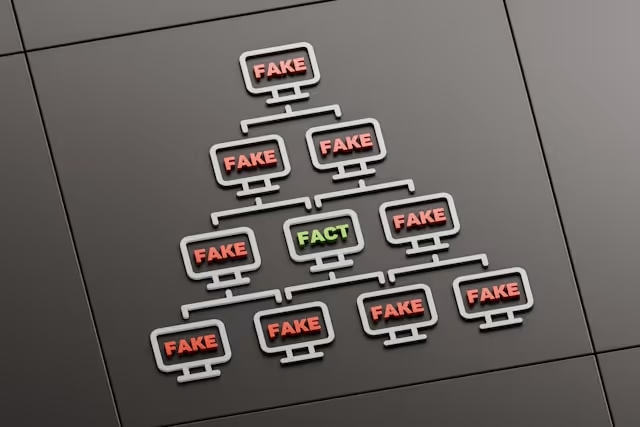The Corporate Sustainability Reporting Directive (CSRD) requires a comprehensive view of a company's value chain, with detailed reporting on upstream and downstream activities. This holistic approach ensures transparency and accountability across the entire business ecosystem. In this article, we'll explain the critical elements of CSRD value chain reporting and provide practical guidance for companies to comply effectively.
What is value chain reporting under CSRD?
Value chain reporting under CSRD covers a company's business interactions, from suppliers to end-users. This includes evaluating and disclosing the impacts, risks, and opportunities (IROs) associated with direct operations and external business relationships.
Modern companies leverage carbon accounting software to navigate their path toward enhanced ESG performance and compliance with ESG regulations.
Critical elements of value chain reporting
Understanding the complexities of sustainability impacts and disclosures is crucial for success in value chain reporting for CSRD compliance. This section covers essential elements for a robust, transparent strategy that ensures compliance and trust.
Scope of value chain reporting
CSRD requires companies to disclose material information concerning their entire value chain, including direct and indirect business relationships. This involves assessing and reporting on any significant environmental, social, and governance (ESG) impacts. The value chain is defined broadly, covering suppliers, distributors, customers, and other relevant entities contributing to the creation, delivery, and lifecycle of the company's products and services.
Materiality assessment
Companies must conduct a thorough materiality assessment to determine which parts of the value chain are relevant for reporting based on significant impacts, risks, and opportunities. This includes identifying key actors likely to contribute to or face considerable sustainability challenges. The assessment must be dynamic and reflect the company's business context and stakeholder expectations. Focusing on direct suppliers and more distant parts of the value chain is essential, especially in sectors where systemic impacts are common, such as using commodities with high environmental or social risks.
Practical disclosures and reporting requirements
- Describing the value chain: Companies should comprehensively describe their value chain, highlighting the main features of upstream and downstream activities. This includes detailing key business relationships and their roles within the value chain.
- Policies, actions, and targets: Disclosures must cover how sustainability policies, actions, and targets are applied across the value chain. Companies should report on any initiatives that address material IROs within their value chain and the scope of these efforts.
- Estimations and proxies: In cases where getting direct data is challenging, companies can use estimates and sector-average data or proxies. However, they must transparently disclose the methods used, the basis for these estimates, and the resulting level of accuracy.
Transitional provisions
CSRD includes transitional provisions that allow companies to extend their reporting capabilities over a defined period gradually. During this transition, companies may limit their disclosures to feasible ones while outlining their plans to improve data collection and reporting processes.
Best practices for value chain reporting
- Develop robust data collection systems: Invest in systems that facilitate reliable data collection from value chain partners. This includes establishing processes and controls to ensure data consistency and accuracy over time.
- Engage stakeholders: Regular stakeholder engagement is crucial for understanding material sustainability issues within the value chain. This engagement should inform the materiality assessments and guide the development of policies and actions.
- Transparency and continuous improvement: Maintain transparency in all disclosures, mainly when using estimates or proxies. Outline steps for improving data accuracy and expanding the scope of value chain reporting over time.
Effective value chain reporting under CSRD involves a comprehensive approach to identifying and managing sustainability impacts across all business relationships. By adhering to the principles and requirements laid out by CSRD and leveraging best practices, companies can ensure robust and transparent sustainability reporting that meets regulatory expectations and enhances stakeholder trust.
Contact Plan A's team to get expert support and tools on sustainability reporting. Schedule a call today to discover our solutions.









